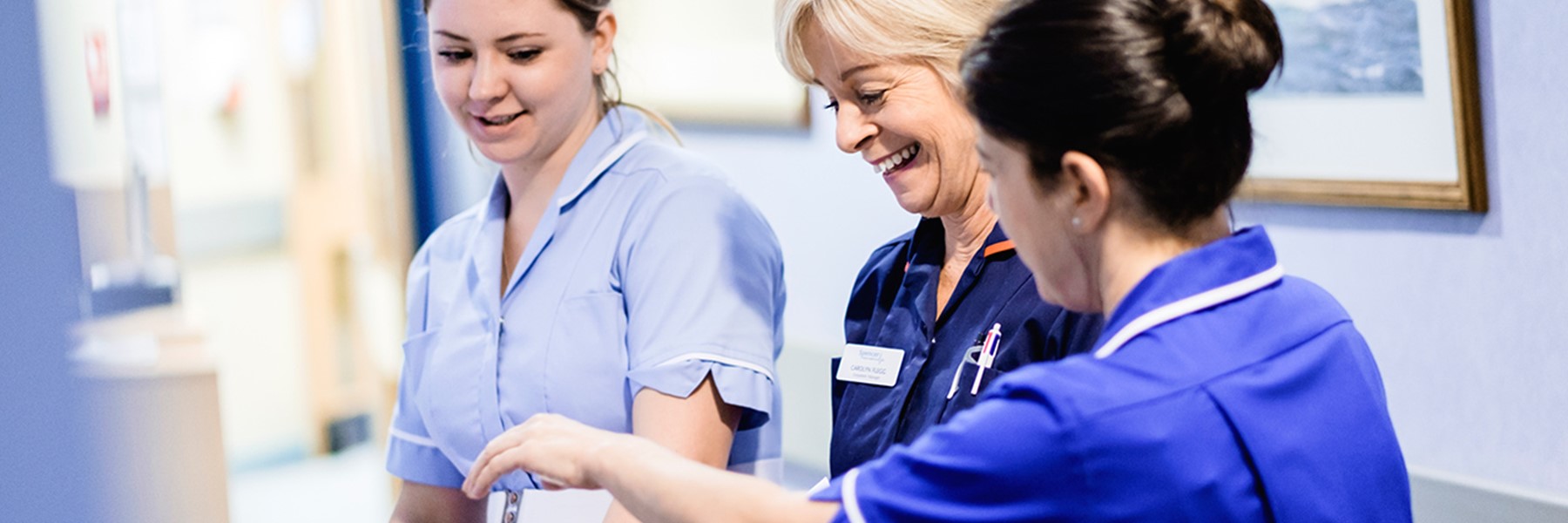CT Scan
A CT scan uses X-rays to make a three-dimensional image of a cross-section (slice) of the inside of your body.
Preparing for a CT scan
A CT scan is usually completed as an outpatient procedure. This means that following the scan you will be able to go home the same day.
The radiographer will explain and discuss with you what will happen before, during and after the scan. This is to aid you in understanding the procedure and giving your consent.
You must tell your radiographer if you have:
- Asthma
- Diabetes
- Kidney Problems
- Any allergies- particularly to contrast medium
If you suffer from claustrophobia, it is best to inform your radiographer before the scan is started.
You may be asked to not eat or drink anything for a few hours beforehand, particularly if the CT scan is of your abdomen (tummy).
A dye called contrast medium may be used in order to make your tissues show up more clearly on the images produced by the scanner.
Dependent on the area of your body that needs scanning, you may be asked to swallow the contrast medium. However, be injected into a vein in your hand or arm or inserted into your rectum (back passage). If the dye is injected through a needle, it normally gives a warm sensation that passes shortly.
What happens during a CT scan?
- A CT scan on average takes about 20 minutes.
- Depending on which area of your body you are having scanned, you may be asked to remove your clothing and put on a hospital gown.
- There will be a private area where you can do this. You may be asked to remove any jewellery, glasses, contact lenses, dentures, hair clips and hearing aids.
- You will be asked to lie down on the scanner table, which slides into and out of the CT scanner ring.
- The radiographer will position the table so that the body part needing to be scanned is in the centre of the scanner.
During the scanning, you may be asked to hold your breath or not to swallow at certain points during the scan. It is very important throughout the scan to lie very still. The radiographer will operate the scanner from the control room behind a window, they will be able to see, hear and speak to you at all times.
Following the CT scan
Once the scan is complete, you will be helped down from the scanner table. You can go home when you are ready.
The results of this scan will be reviewed by a radiologist (a doctor who specialises in using imaging methods to diagnose medical conditions) and a report will be made.
The radiologist then usually sends this report to your GP or the consultant who referred you for the test. This may take several days. To get a better idea of times ask your radiographer when you can expect the results.
The risks of a CT scan
It is possible to have an allergic reaction to the contrast medium, but this is rare. If you have any itching or breathing difficult, tell your radiographer immediately.
